Is it Dangerous to Pray the Jesus Prayer?
The Mysteries of the Jesus Prayer newsletter answers the question.
“Lord Jesus Christ, Son of God, Have Mercy on Me, a Sinner” or just “Lord, Have Mercy”
Some of our FaceBook friends have been discussing whether or not the Jesus Prayer is safe for “ordinary” people to practice. Is it OK to say it if you are not a hermit, monk or nun? Are there any dangers? Is it necessary to have a Spiritual Guide?
For answers, we look to the practitioners of the Jesus Prayer in some of the world’s oldest active monasteries, and to the spiritual guides we met while filming and writing. Please see the "Mysteries of the Jesus Prayer" movie and book for more information.
DVD’s shipping February 28!
Sister Maria at Agapia Monastery in Romania described the prayer rope a novice nun receives when she is tonsured (officially accepted into the community, with vows) “They say ‘take brother or sister. Take this Sword of the Holy Spirit’ and always wherever you go and walk, or when you eat and so on, and even in your sleep, always recite this prayer: “Lord Jesus Christ Son of God have mercy on me a sinner.” Father John asked her if ordinary people could pray the Jesus Prayer. She said, “Of course, everybody could. I heard spiritual fathers, famous spiritual fathers, even by radio say everybody should recite this prayer. Why not?” Dr. Norris Chumley asked her about the key points in the Jesus Prayer. Sister Maria explained, “the key, the soul of the prayer is repentance. If you repent yourself it is the beginning… repentance is a resurrection. Repentance is the beginning until the end, repentance, repentance!”
Others, such as Father Ephraim, the Abbott of Vatopedi Monastery on Mount Athos, in Greece, cautioned us about the necessity of a spiritual father or mother. He made the point that it is OK to occasionally say the Jesus Prayer, but that continued recitation of it, in combination with breathing exercises and special postures (that of a hesychast, or tonsured monk or nun) must be done with guidance. He said in affect “it could be dangerous to try to be a monastic outside a monastery.”
Benedicta Ward, an historian of the religious life, tells us, “The monks went without sleep because they were watching for the Lord; they did not speak because they were listening to God; they fasted because they were fed by the Word of God. It was the end that mattered, the ascetic practices were only a means.”
It is in this spirit that many monks and nuns today believe the practice of the Jesus Prayer is something that ought to be undertaken with expert guidance—and this presumes a monastic context where the novice can call upon the advice of someone who is deeply grounded in the spiritual life, who can steer the novice around the spiritual pitfalls that lie along the way. The monks and nuns have encountered people whose zeal perhaps exceeded their wisdom, who would accept no guidance in the delicate mental and ascetical paths that make up a spiritual psychology, and so they are reticent about encouraging inexperienced souls to begin a life of intense prayer.
The late Archimandrite Teofil, the Starets or Spiritual Guide of Brancoveanu Monastery in Romania rather rebelliously taught us that anyone can practice the Jesus Prayer. He explained that it is not Jesus Christ’s prayer, but a prayer used by His followers, and possibly first uttered by an Apostle. He went on to say that the purpose of the Jesus Prayer is “to make a link between prayer and mind, between mind and heart, between the power that thinks and the power that loves. So the mind that goes down into the heart is not an activity of the human being, it is a work of God. What we are doing is that we pray to God for the unity of our own being, the whole being.”
Both Father John (an Orthodox priest) and Dr. Norris practice the Jesus Prayer, but not as monks, and not employing the breathing and posture techniques advocated for monastics by such saints as St. John Climacus, St. Symeon the New Theologian or St. Gregory Palamas. It might be of interest to you to research their writings on the subject of the Jesus Prayer, as well as in the “Philokalia.” There are several good books on the Jesus Prayer, such as “The Way of a Pilgrim,” author unknown, “The Art of Prayer,” compiled by Igumen Chariton, “On the Prayer of Jesus” by St. Ignatius Brianchaninov, and a recent book, “The Jesus Prayer: The Ancient Desert Prayer that Tunes the Heart to God” by Frederica Mathewes-Green.
Watch the Movie Now!
“Mysteries of the Jesus Prayer” book
by Dr. Norris J. Chumley coming April 5th from HarperOne
.
Labels: Jesus-Prayer, Praying





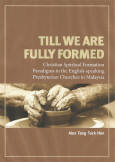
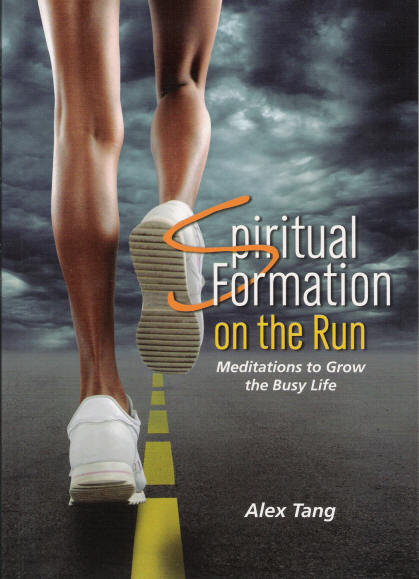
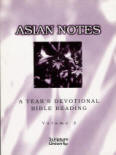
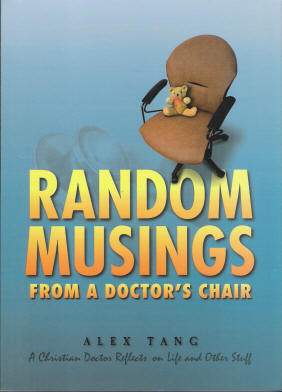
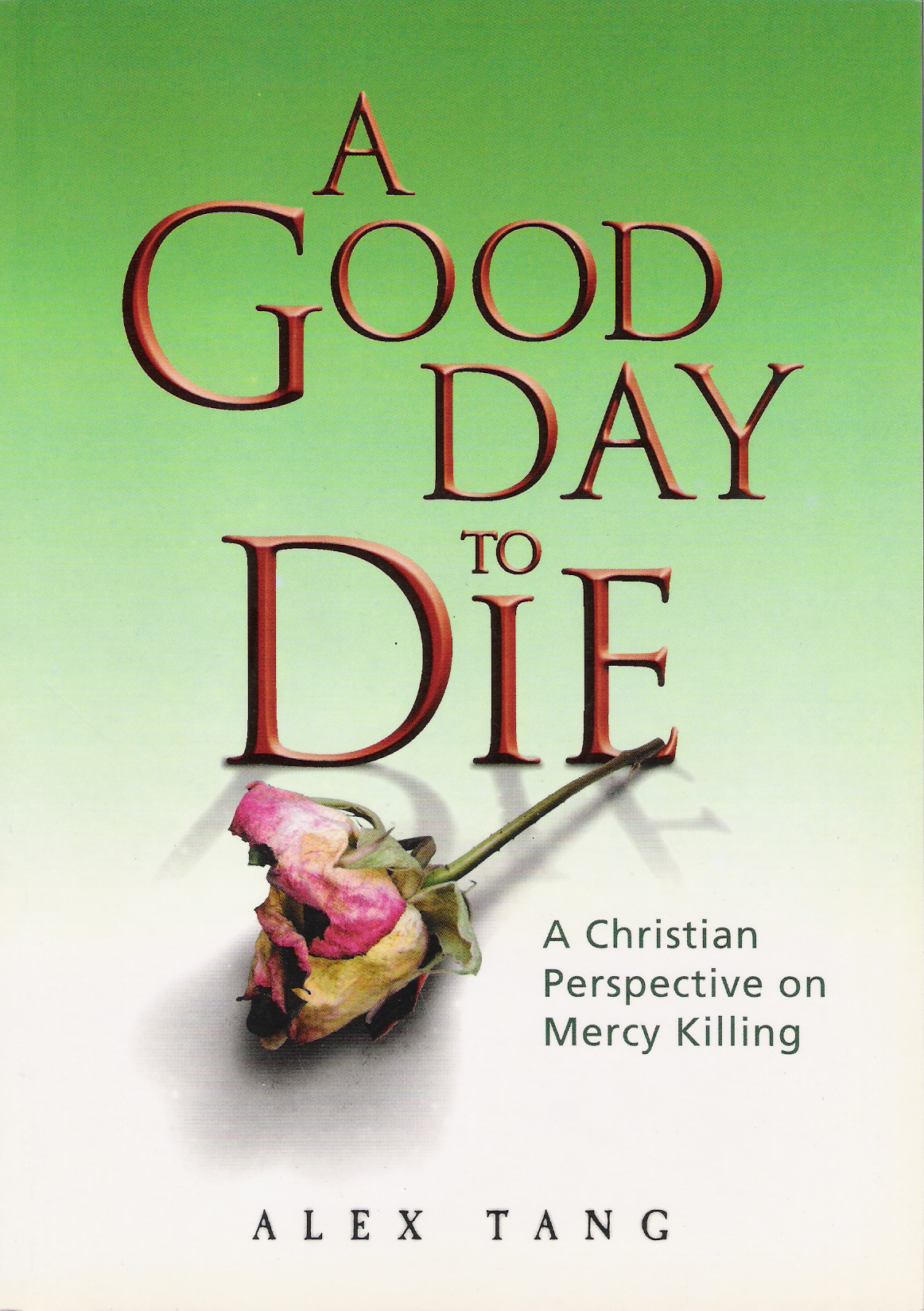
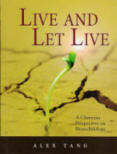
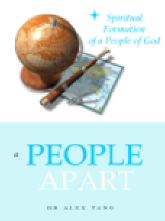

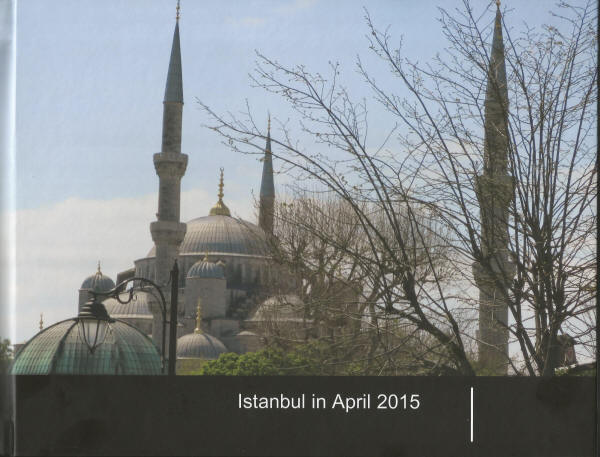
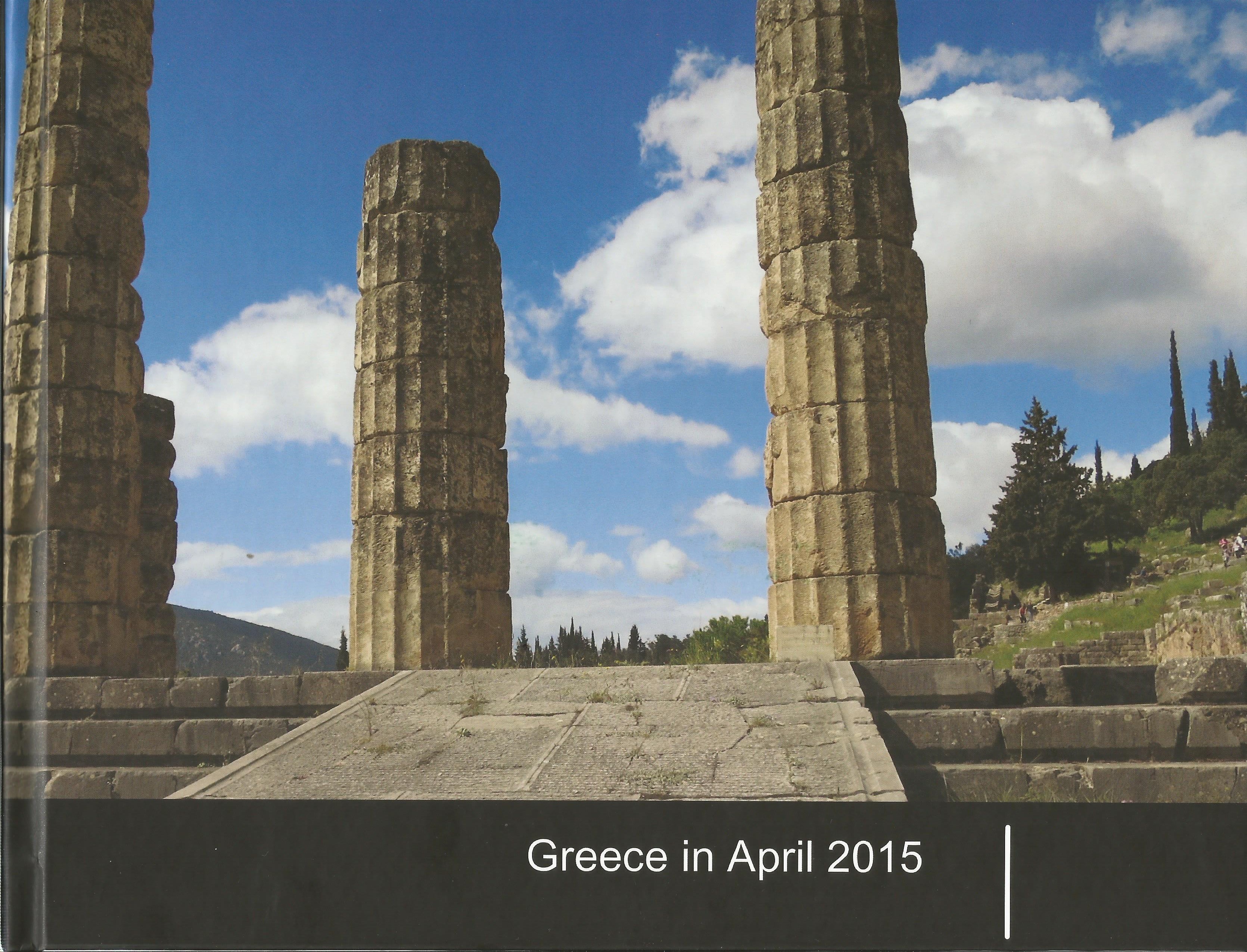
0 Comments:
Post a Comment
<< Home